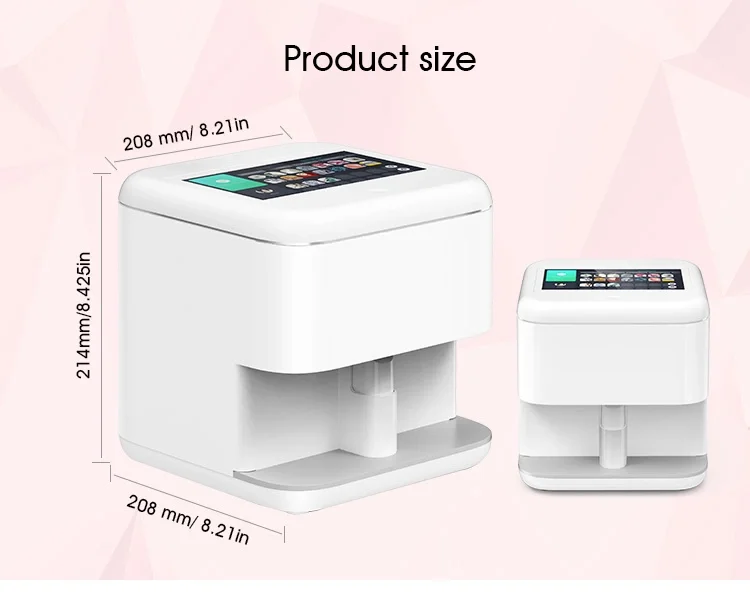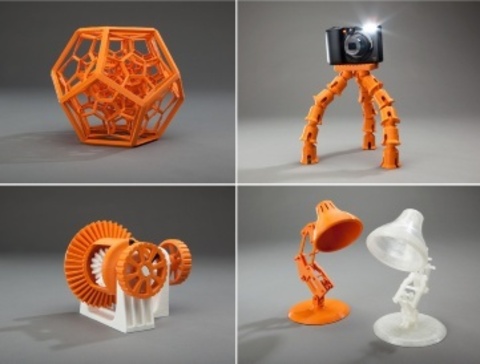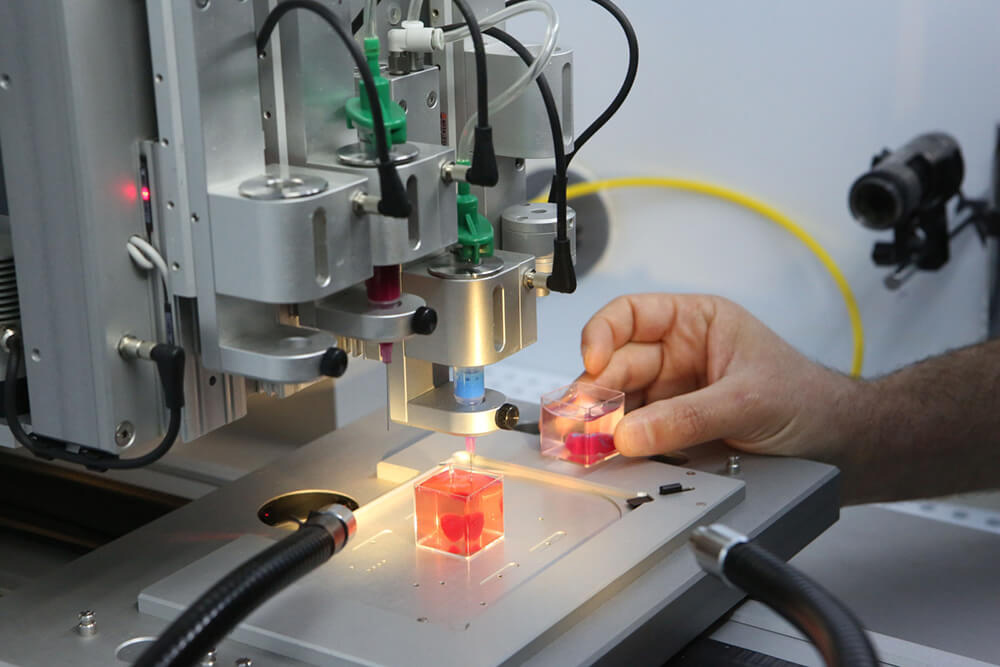3D printer bed cover
LayerLock 3D Printer Build Surfaces
- Home
- Store
- 3D Printer Accessories
- Build Surfaces
- LayerLock Build Surfaces
LayerLock provides a variety of build surfaces and build plates designed for stronger bed adhesion for both advanced and standard materials. With LayerLock Garolite Build Surfaces, successfully printing warp-free parts out of NylonX, NylonG, and other nylon filaments will be a breeze. This type of surface also successfully prints standard filaments such as PLA, PETG, TPU and more for a plethora of material compatibility. With LayerLock Powder Coated PEI Build Plates, users have a reliable alternative bed surface for successfully printing standard filaments such as PLA, ABS, PETG and flexibles. Both types of bed surfaces are durable, dependable, and require little to no maintenance so strong bed adhesion is attainable without the huge hassle. Take your 3D printing to the next level with these advanced build surfaces that will help you successfully achieve warp-free projects for a lifetime.
LayerLock Build Surfaces Collections
All LayerLock Build Surfaces 3D Printer Build Surfaces
Technical Specifications
- Material Surfaces Available: Garolite, PEI, Surface for Polypropylene, Surface for SLA
- Available in various sizes—check individual products for guaranteed printer compatibility
- Material compatibility for Garolite: NylonX, NylonG, Nylon, PLA, PETG, TPU, and more
- Material compatibility for PEI: PLA, ABS, PETG, and flexibles such as TPU and TPE
- Material compatibility for Surface for Polypropylene: Polypropylene and OBC
- Material compatibility for Surface for SLA: Most LCD / MSLA, Laser, and DLP resins
LayerLock Build Surfaces
LayerLock Garolite Build Surfaces
Superior bed adhesion to Nylon based materials like NylonG
LayerLock Build Surfaces for Polypropylene
Get the best first layer with polypropylene and OBC filament
LayerLock Powder Coated PEI Build Plates
Great first layers and easy part removal with this flexible build plate
LayerLock SLA Resin 3D Printing Build Surface
Achieve strong bed adhesion in SLA printing with this surface
LayerLock MagBase
Easily add a magnetic base to your 3D printer for interchangeable surfaces
Guides & Articles
How to Succeed with Quantum Dichromatic PLA Filament
Follow this guide for tips and tricks on how to get the best results when 3D printing with Quantum Dichromatic PLA filament.
How To Succeed with LayerLock SLA Build Surfaces
Successfully achieve strong bed adhesion for Laser, DLP, and SLA resin prints using LayerLock SLA Resin 3D Printing Build Surfaces.
How To Build A Successful Makerspace
Find out the necessary components to create an effective space for your maker community.
How to Succeed When 3D Printing with Polypropylene
Successfully produce 3D printed parts out of polypropylene filament with these tips on achieving stronger bed adhesion and minimizing shrinkage.
Tech Breakdown and How to Succeed: Ionic Hybrid Support Material
Supporting engineering-grade filament has been difficult without a support material dedicated to higher temperature 3D printing. Ionic aims to solve that.
How To Succeed with OBC 3D Printing Filament
From Dow Chemical, OBC combines flexible and rigid into one unique material with properties of both.
How To Succeed with LayerLock Garolite Build Surfaces
Successfully achieve strong bed adhesion for NylonX, NylonG, and standard filaments using LayerLock Garolite Build Surfaces.
How to Succeed with LayerLock Powder Coated PEI Build Plates
Powder coated PEI steel sheets are a great alternative build surface for strong bed adhesion. Here's how you can succeed using this durable build plate.
How To Succeed When 3D Printing With Nylon
Learn how to 3D print Nylon like a pro. Nylon is a stronger and more durable alternative to PLA or ABS and easy to 3D print with using these Tips and Tricks.
How To Succeed When 3D Printing With ASA Filament
Follow this step-by-step guide to learn how to print with ASA, the perfect material for any outdoor projects.
LayerLock 3D Printer Build Surfaces strengthen the bond between the print bed and both advanced and standard materials. LayerLock Garolite Build Surfaces are made out of linen-based phenolic sheets, allowing for just enough texture on the surface to provide a sturdy grip for prints to hold onto while still having a fairly smooth finishing surface. Alternatively, LayerLock Powder Coated PEI Build Plates have PEI powder coated onto a flexible spring steel sheet which leaves behind a bumpy surface on the plate and produces a charming, rugged finishing texture on the bottom of prints. Both types of bed surfaces are engineered for easy installation and to withstand thousands of print jobs. Successfully achieve warp-free prints with zero hassle using LayerLock 3D Printer Build Surfaces.
LayerLock Garolite Build Surfaces are made out of linen-based phenolic sheets, allowing for just enough texture on the surface to provide a sturdy grip for prints to hold onto while still having a fairly smooth finishing surface. Alternatively, LayerLock Powder Coated PEI Build Plates have PEI powder coated onto a flexible spring steel sheet which leaves behind a bumpy surface on the plate and produces a charming, rugged finishing texture on the bottom of prints. Both types of bed surfaces are engineered for easy installation and to withstand thousands of print jobs. Successfully achieve warp-free prints with zero hassle using LayerLock 3D Printer Build Surfaces.
Best 3D Printing Surfaces For Your 3D Printer
Since I started 3D printing, bed adhesion was one of the most common topics I’ve seen online. Most people have issues with bed adhesion, and most of the time it’s caused by improper bed leveling. But there are other cases where the print surface is not the right thing for the job, or it’s low quality.
In this article, I will go over a few 3D printing surfaces which can be used with your 3D printer to improve adhesion and ensure a good printing experience.
Magnetic PEI Flex Plate
One of my favorite 3D printing surfaces out there is the Magnetic PEI Flex Plate. It’s also known under different names, like a Magnetic Spring Steel Sheet or PEI sheet.
As the name implies, this is usually a flexible metallic sheet that has a PEI sheet applied to it and attaches magnetically to your heatbed. It’s made this way so you can remove the sheet when the print is completed, then flex the print surface to easily remove the printed model.
Probably the most popular PEI magnetic flex plate is the one with a powder-coated surface. But there are multiple versions out there. For example, you could get a double-sided powder-coated PEI sheet, but if you want more flexibility, you can choose one of the printing surfaces to be a smooth sheet of PEI. That way, you can control the finish of the printed model.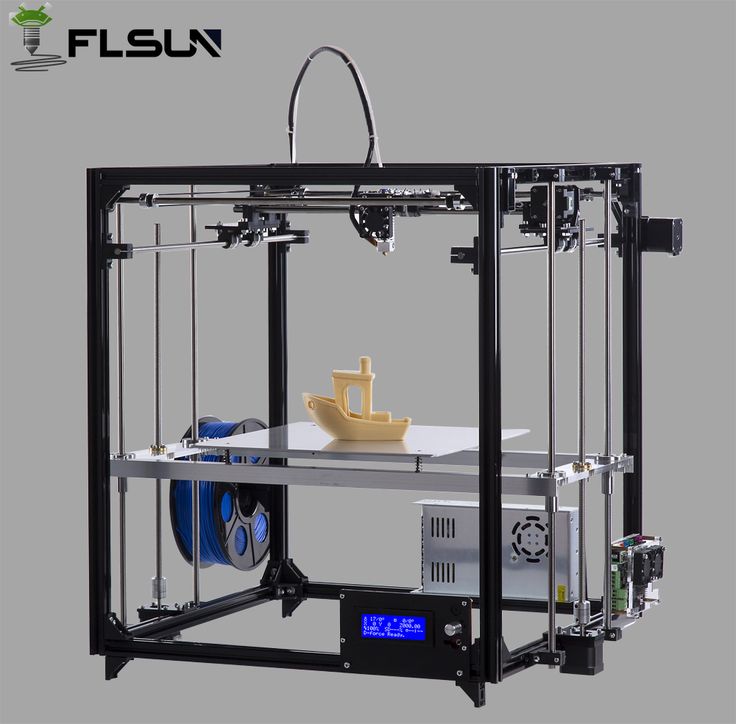
Just keep in mind that the smooth side will be less durable compared to the textured side, and if you’re not careful, it’s easy to scratch it. Below you can find an example of a damaged PEI sheet after I did some changes to the printer, and forgot to adjust the Z offset.
The PEI surface helps with adhesion, and it works for a wide range of materials, like PLA, PETG, ABS, and TPU, as long as you keep it clean and use the correct offset.
Here are a few sites where you can get PEI 3D printing surfaces:
AliExpress
Amazon
Banggood
BuildTak
My first contact with the Original BuildTak print surface was a few years ago when I reviewed the Raise3D E2. I used other BuildTak-like print surfaces in the past, but never the original. It was a good experience, and I didn’t have issues with adhesion as long as the Z offset was properly set.
Since then I also got in contact with BuildTak and they made me some custom print surfaces with the 3DPrintBeginner logo to use on my printers.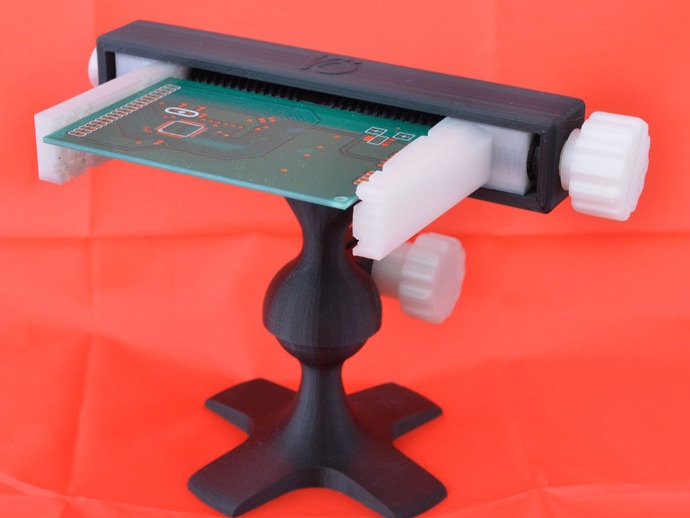 I installed them, and I must say, I love the adhesion you get.
I installed them, and I must say, I love the adhesion you get.
With the BuildTak print surface, you can easily print PLA and TPU without even heating up the print surface. PETG and ABS need a bit of heat due to the nature of the material, but adhesion is just excellent.
I recently printed my HexaHive Speaker Stands on the Sidewinder X2 which has a BuildTak surface applied to the glass surface. Even though the base of the model covers most of the 310×310 print surface of the printer, I was able to print SUNLU PETG without even heating the bed, over about 2 days of printing for each stand. It works really well.
It’s worth mentioning that Z offset calibration is crucial when printing on BuildTak because if you print too low, the model will actually fuse to the print surface and you can damage it.
Speaking of damage, BuildTak print surfaces are also more delicate when it comes to the hot nozzle touching the print surface. Avoid doing that if you don’t want to get small holes in it. Ask me how I know 🙂
Ask me how I know 🙂
Overall, the BuildTak print surface is excellent if you mostly print PLA, PETG and TPU as you can do it without heating the bed. But I can’t say it’s much better than a PEI sheet when talking about other higher-temperature materials like ABS, PC, or ASA.
After a while, the Raise3D E2 BuildTak surface started to “bubble up” on the sections where I was printing most often. This happened after more than a few hundred hours of print time, but I didn’t encounter anything like that with PEI, so BuildTak might need to be replaced more often.
Here are a few sites where you can get BuildTak 3D printing surfaces:
BuildTak
Amazon
Glass Mirror
There are a lot of people who like to use a glass mirror as a print surface for their 3D printer. The most attractive feature of using a glass mirror as a print surface is the glossy finish you get on the bottom of your model.
Besides that, the cost of a glass mirror print surface is insignificant, considering you can get a piece of mirror the size of your heatbed for less than 10$.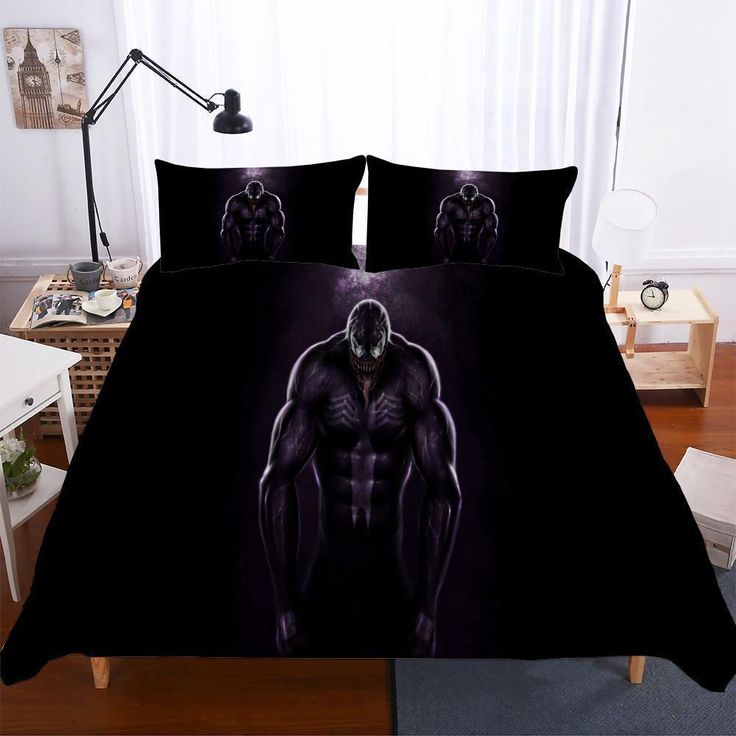 It’s widely available and you should have no trouble finding one.
It’s widely available and you should have no trouble finding one.
You can print filaments like PLA and TPU directly on the glass surface, but for PETG and ABS, I recommend using some PVA glue stick to help with adhesion and also create a release layer. If you print PETG or ABS/ASA directly on the glass mirror, the filament can bond to the print surface.
One of the downsides of using a glass mirror as a print surface is the added weight, especially if you have a printer with a big heatbed. After you add the glass mirror to your heatbed, you might see increased ringing on your Y-axis. This only applies to cartesian 3D printers. Printers with a CoreXY movement system, where the bed only moves on the Z-axis is not impacted by this.
I used a glass mirror print surface only once, with my old Anet A8 3D printer. It worked fine at that time, but after I discovered PEI printing surfaces, I never looked back.
Ultrabase
The Ultrabase print surface was first launched by Anycubic, and it’s a glass print surface with a textured finish on the top. This textured finish helps with model adhesion when the surface is hot. When the print is completed, and the ultrabase print surface starts to cool down, the model releases itself.
This textured finish helps with model adhesion when the surface is hot. When the print is completed, and the ultrabase print surface starts to cool down, the model releases itself.
Nowadays, there are a lot of Ultrabase-like printing surfaces which come as a default printing surface for most 3D printers. Printers like the Artillery Sidewinder X2 and Genius come with something similar, and Creality sells most of their printers with a “carborundum” print surface which is just a fancy name for the same thing.
You can print filaments like PLA, PETG, ABS and PETG with the same considerations as for a simple glass mirror print surface.
In some cases, the Ultrabase clone print surfaces work well, but I also encountered situations where adhesion was just not as expected, and I needed to use adhesion materials to get a consistent result.
If you are thinking about upgrading your printer and purchasing an Ultrabase print surface, I recommend checking out other 3D printing surfaces.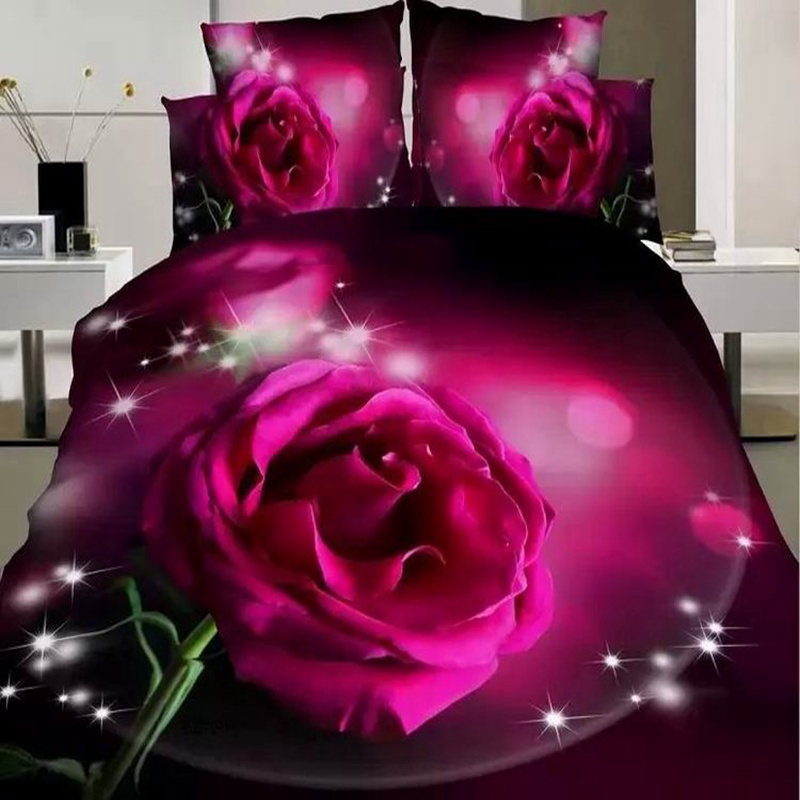 Not because this one is not good, but there are other alternatives like PEI and BuildTak which are much better and weigh a bit less compared to this.
Not because this one is not good, but there are other alternatives like PEI and BuildTak which are much better and weigh a bit less compared to this.
Here are a few sites where you can get Ultrabase 3D printing surfaces:
AliExpress
Amazon
Banggood
Garolyte / FR4 Sheet
These garolite sheets are also a good 3D printing surface because it is much lighter than glass and quite cheap. You can print most filaments on it, including PETG which doesn’t work that well on glass.
Maker’s muse has a good video about this printing surface with a lot of details and use cases, so I recommend watching it for more information.
I still like these FR4 sheets less than PEI magnetic flex plates because they still require the use of paper clips to hold them in place.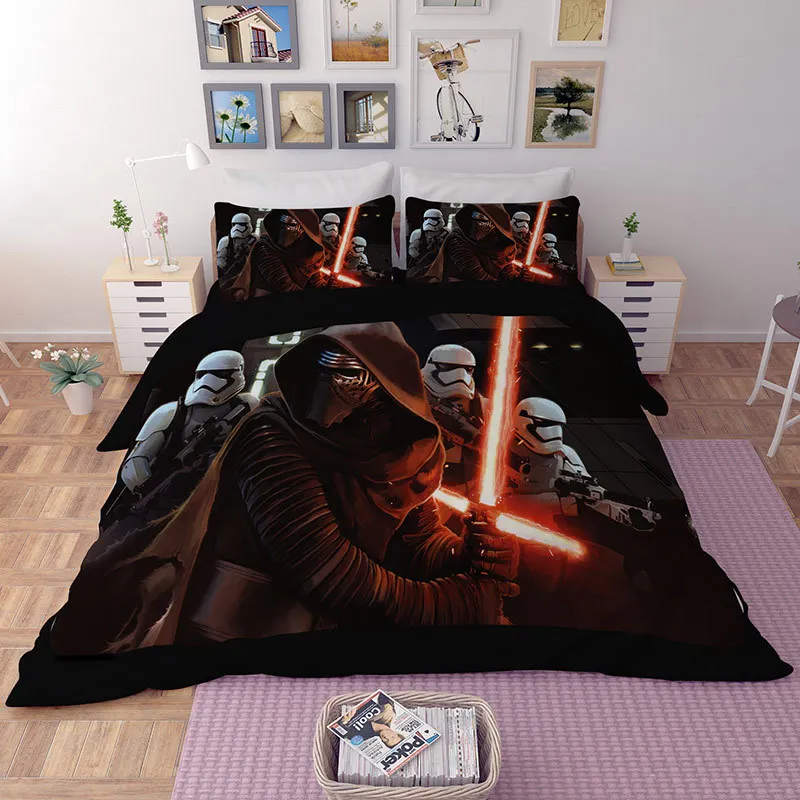 Otherwise, I think they are a good alternative.
Otherwise, I think they are a good alternative.
Here are a few websites where you can get FR4 3D printing surfaces
AliExpress
Amazon
Banggood
Textured and Holographic 3D Vinyl
You can also purchase textured 3D vinyl to use as a printing surface for your 3D printer. Sure, these are not made specifically for a 3D printer, but you can print PLA on almost anything so there’s no surprise people started doing this.
I’ve seen people install textured carbon fiber vinyl on their glass print surface, to get the same texture on the bottom of their prints.
Others are using this holographic film which has a nice rainbow effect that transfers to the model. If you like this effect, then order some, and please leave a comment with your results. I would love to see how it works, and what kind of useful applications you found. I am more of a matte finish person, so I didn’t try this yet.
Just remember that adhesion might not be the best with some filaments, and this should be used only in specific cases.
Here are a few sites where you can get Textured and Holographic 3D printing surfaces:
Amazon
AliExpress
Liked it?Consider supporting 3DPrintBeginner if this content helped. You can also join Patreon for exclusive perks! |
3D bedspread, 150 x 220 cm, thermo-quilted. Russia. (id 3639068)
Baron bedspreads are made using the Ultrastep technology, which has already deservedly won the attention of consumers. It is based on the use of ultrasound. It is he who replaces the threads - if in the traditional version of the manufacture of the bedspread the fabric is sewn with their help, then in this case the fabric and the lining are connected by thermal bonding. At the same time, a pattern is applied to the fabric. The "ultrastep" technology has several undeniable advantages over the conventional "thread" method. nine0004
Firstly, the refusal to use threads significantly prolongs the life of the bedspread, and secondly, it makes it more wear-resistant - the fabric retains its presentation even after repeated washings.
 The tissue structure is not damaged.
The tissue structure is not damaged. We also offer you to evaluate all the advantages of the fabric processed using the Ultrastep technology and order polycotton bedspreads. Polycotton is a blended fabric woven from polyester and cotton threads.
The polycotton cover is odorless (important for allergy sufferers) and does not require special care. The material is able to maintain an optimal moisture balance. Such a cover will retain its presentation for a long time due to the fact that it is able to restore its original shape.
The bedspreads of the Baron collection are made using the ultrastep (thermal stitch) method, it is a canvas 220 cm wide (fabric on 2 sides, in the middle a padding polyester 80gr/sq.m.).
Polycotton fabric, with a slight peach effect, density 90 g/sq.m, active (resistant) dyeing - does not shed, peeling is not formed.
The top of the bedspread is a 3D printed pattern - a three-dimensional image, the bottom is a plain fabric in tone.

The edges of the bedspread are finished with silk trim, the packaging is a transparent PVC suitcase with a photo insert.
Fabric : Polycotton.
Fabric composition : Polyester - 70%, Cotton - 30%. nine-tovary-dlya-deetej
Coated 200 220 cm in the category "House and Garden"
Bilateral cover 200x220 cm
Delivery in Ukraine
1 170 UAH
Buy
9003 9003 200×220 cmDelivery across Ukraine
920 UAH
Buy
Half-woolen blanket-plaid 200x220cm 350g/m2 LN51970213 (Beige)
Delivery across Ukraine
0035
1 452 UAH
1 147 UAH
Buy
strip 200*220cm graphite
Delivery in Ukraine
770 UAH
Buy strip 200*220 cm gold
9003Buy
Bedspread strip 200*220cm gray
Delivery across Ukraine
770 UAH
Buy
Bedspread strip 200*220cm cutters
9003 Delivery across Ukraine0035
770 UAH
Buy
strip covered 200*220cm light peach
Delivery in Ukraine
770 UAH
Veluri lane (beige) 200x220 cm
9003 Ukraine573 — 794 UAH
from 5 sellers
573 UAH
Buy
Bedspread velor stripe (brown) 200x220 cm
In a warehouse in Khmelnitsky
Delivery in Ukraine
573 UAH
Buy
Boarded strip (gray) 200x220 cm
in a warehouse in the city of Khmelnitsky
Delivery in Ukraine
UAH9003 200x220 cm
in a warehouse in Khmelnitsky
Delivery in Ukraine
573 - 794 UAH
from 5 sellers
573 UAH
Buy
Veluri strip (steel) 200x220 cm 9 cm
in a warehouse in Khmelnitsky
Delivery in Ukraine
573 - 794 UAH
from 5 sellers
573 UAH
Buy
blanket covered the bedspread, flannel, microfiber, 240 g/m², sofa, for grade sofa, for bed grey, euro, Ardesto Flannel
In stock in Kyiv
Delivery across Ukraine
769 UAH
Buy
Quilted bedspread with pillowcases, bedspreads 200 220 cm different colors
Odessa0035
Delivery in Ukraine
1 118 UAH
Buy
See also
Steering bedspread with pillowcases, covered 200 220 cm
in a warehouse in Odessa
Delivery in Ukraine
Quilted bedspread with pillowcases, bedspreads 200 220 cm
In a warehouse in Odessa
Delivery across Ukraine0035
in a warehouse in Odessa
Delivery in Ukraine
1 118 UAH
Buy
shone with Oleni -Ole -sided Rosemir 200*220cm
900 900 900 GRN.




